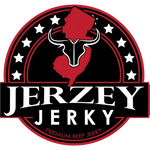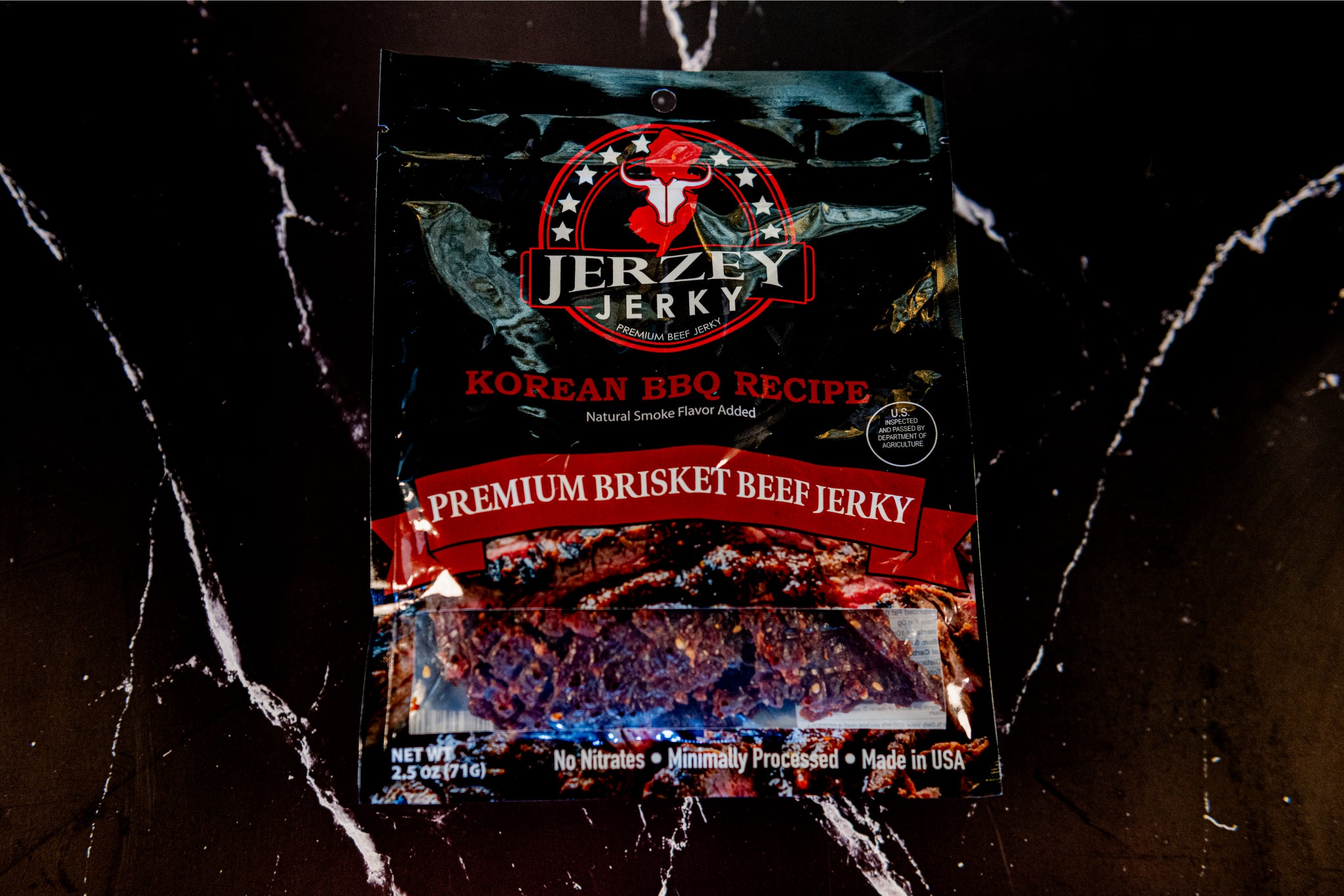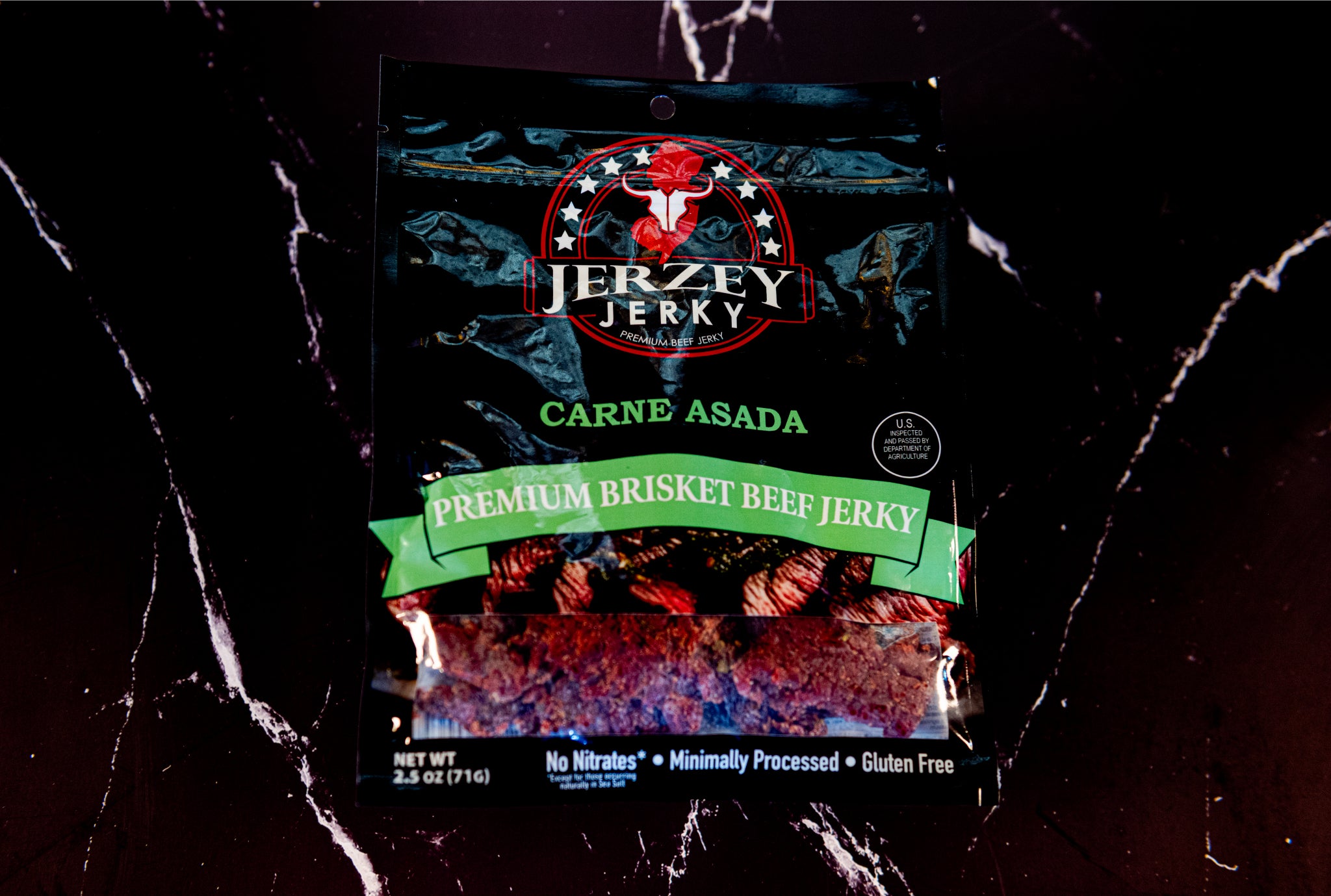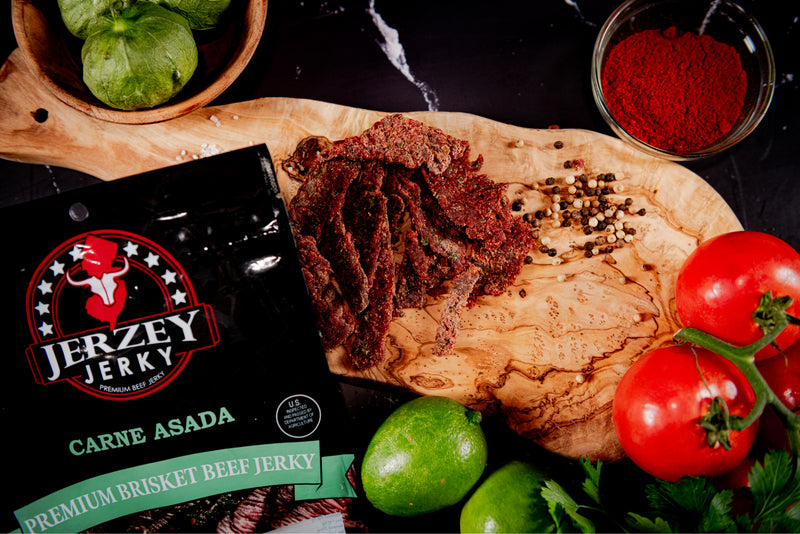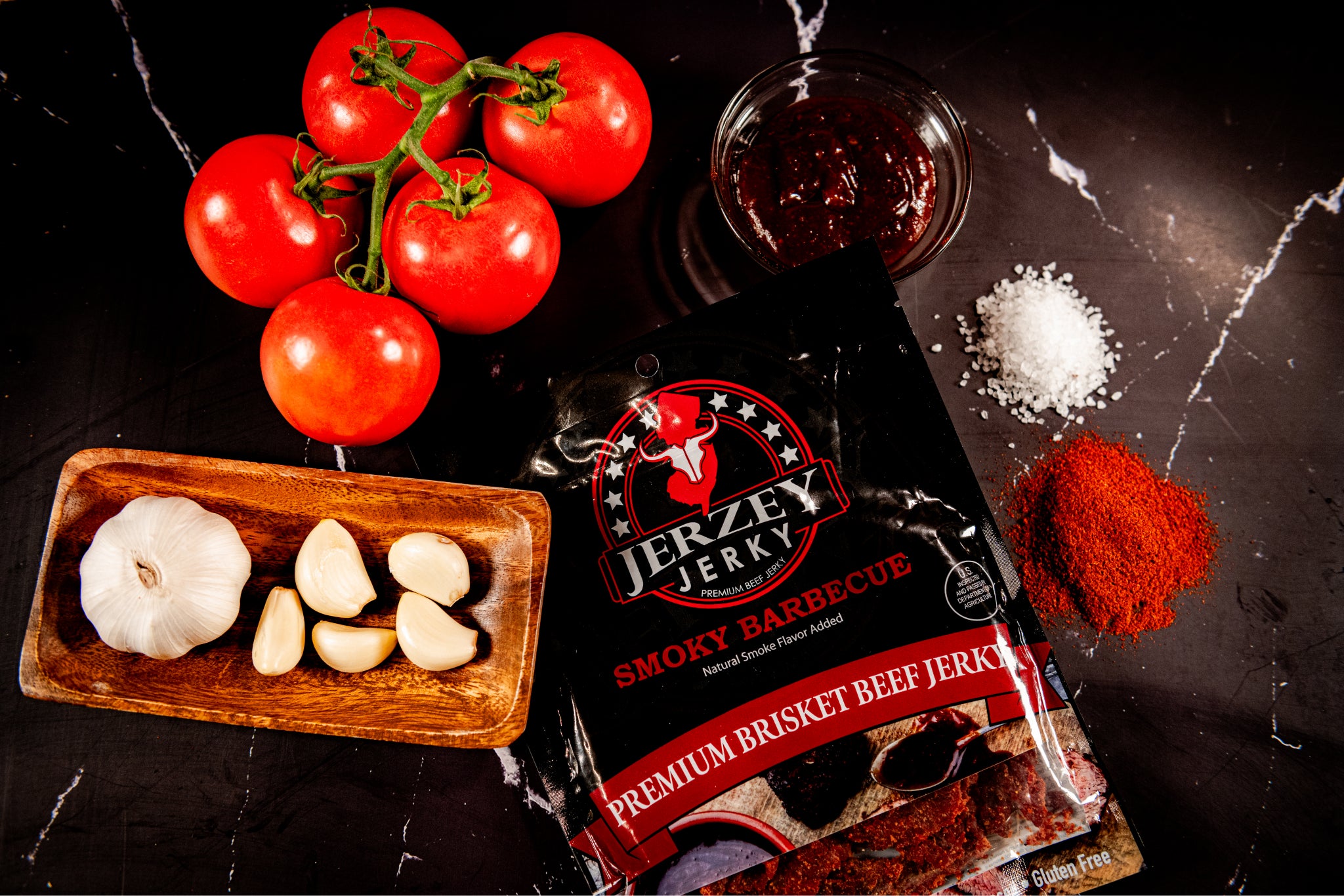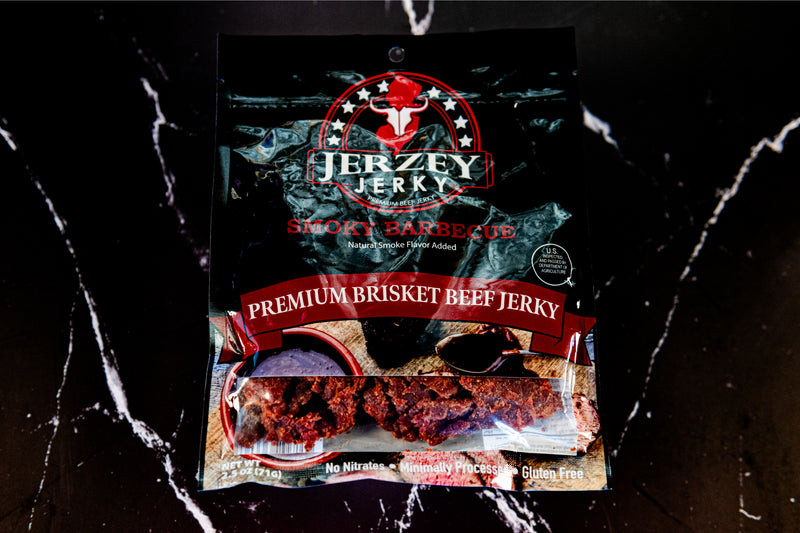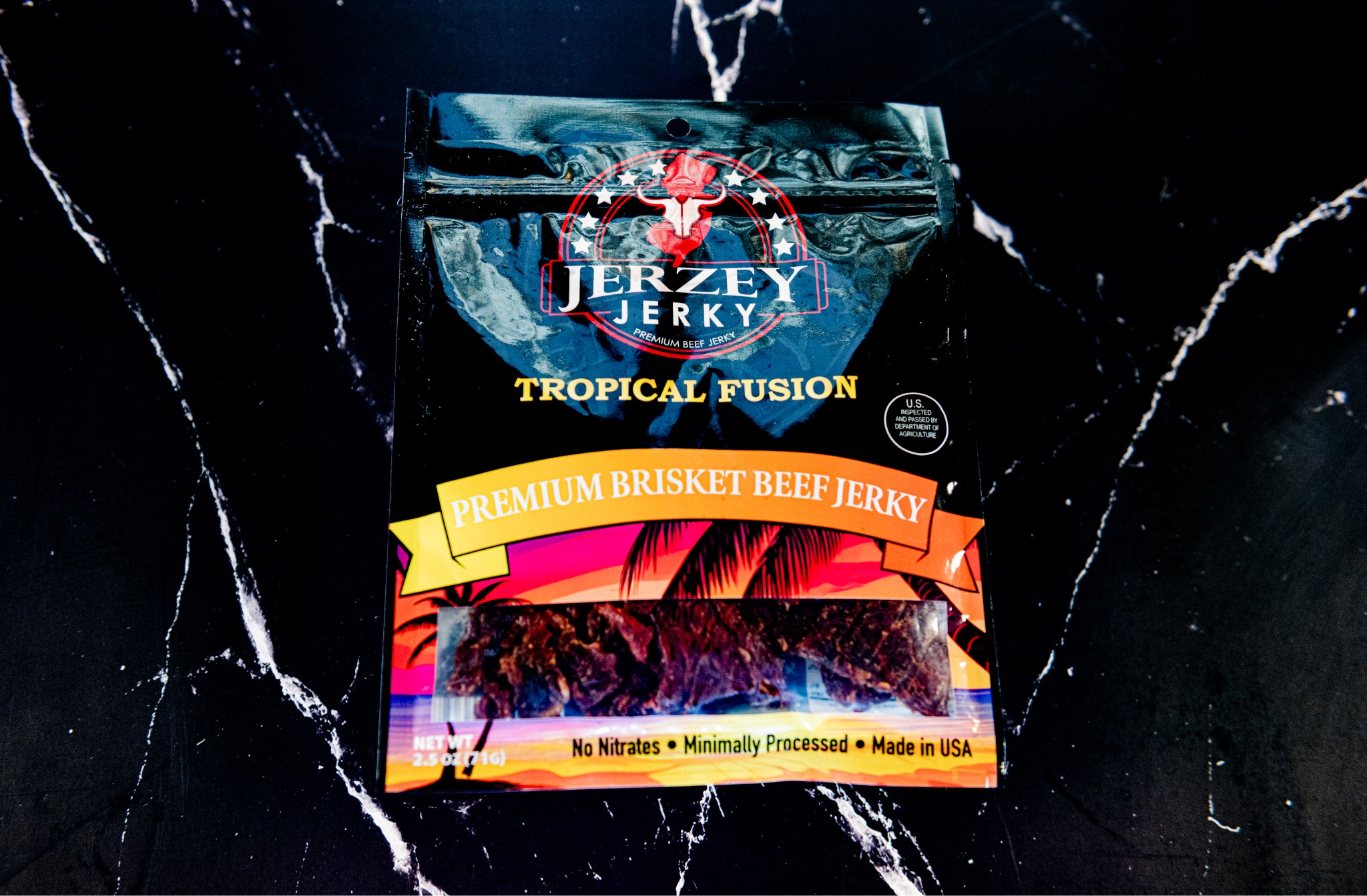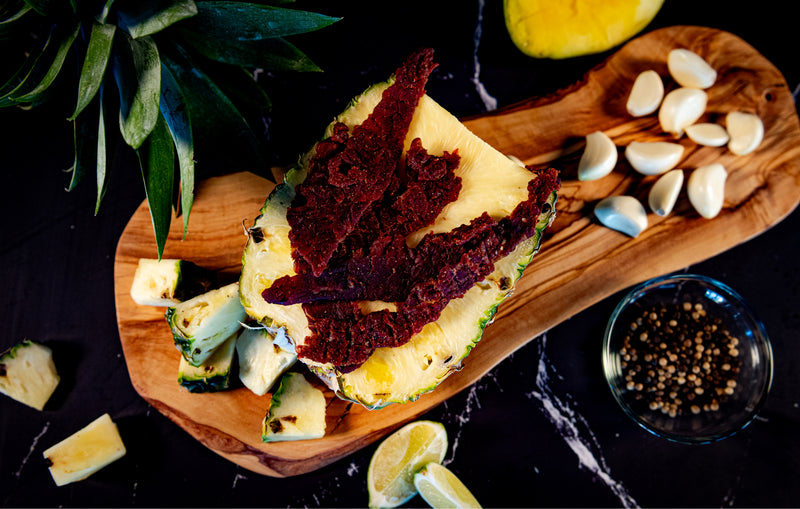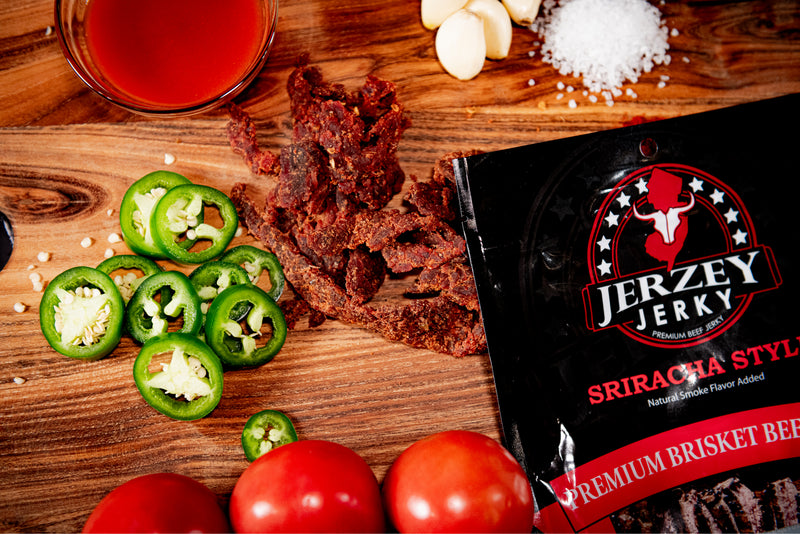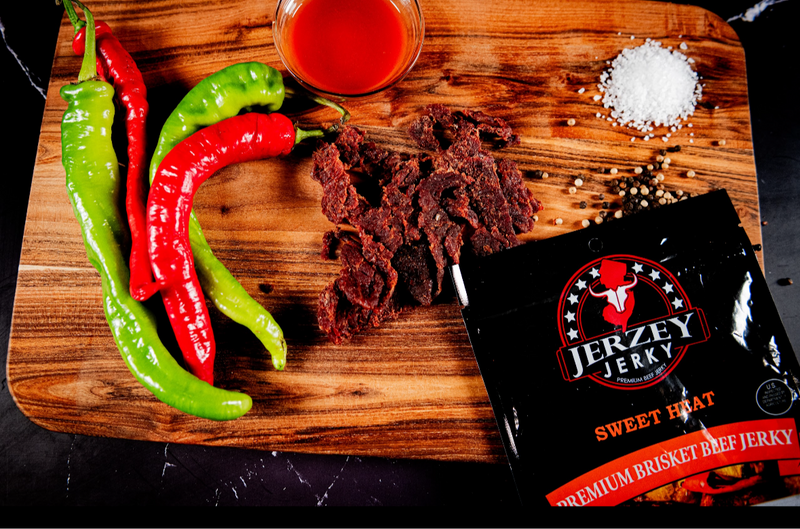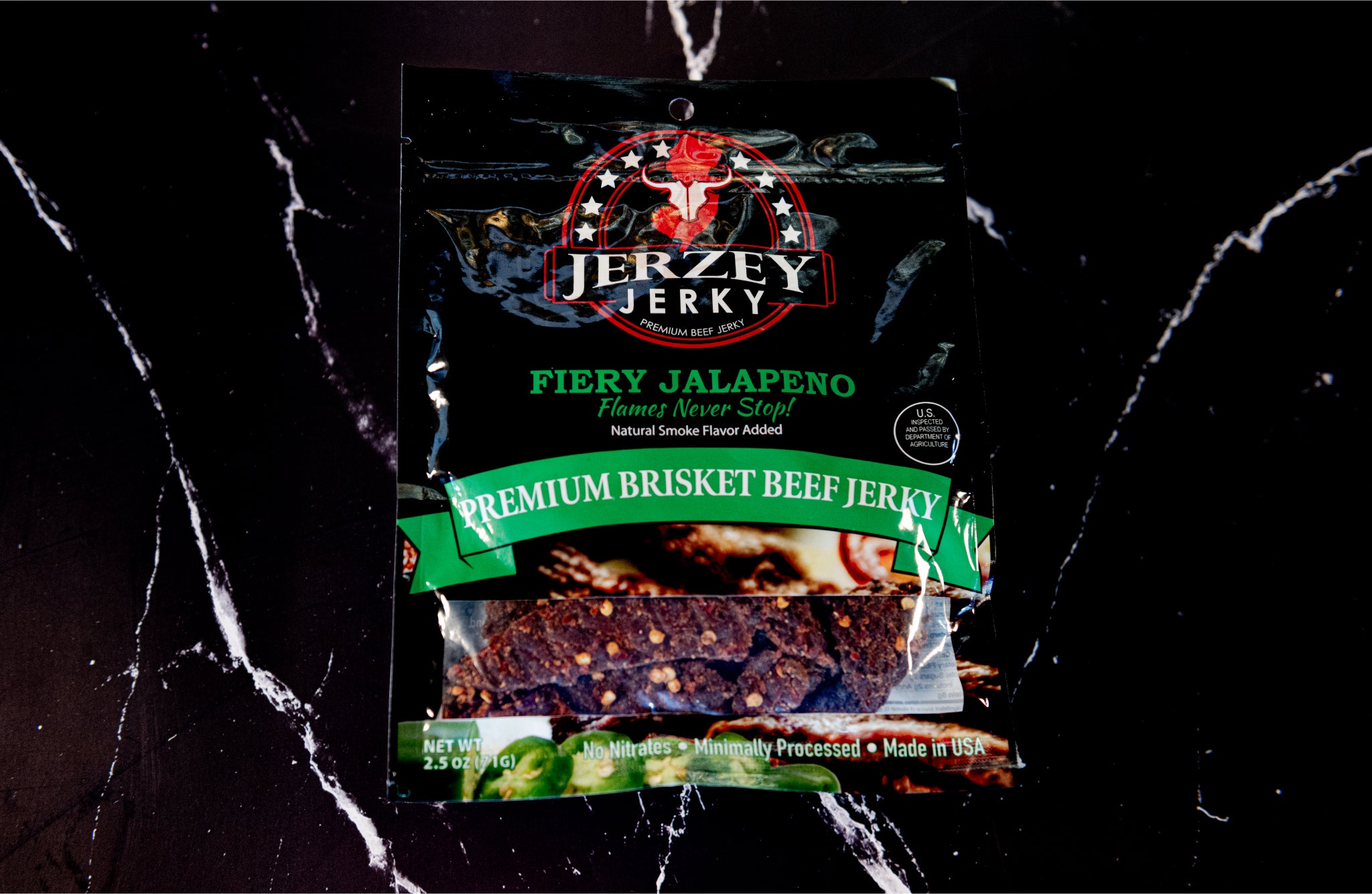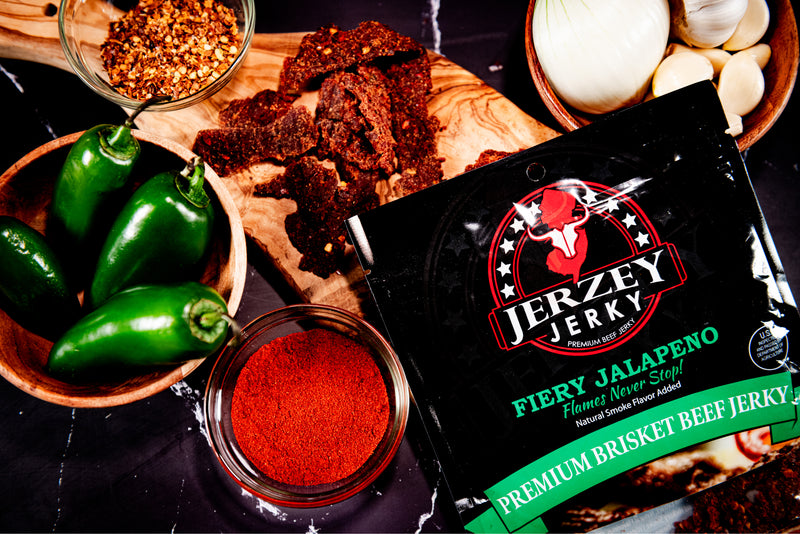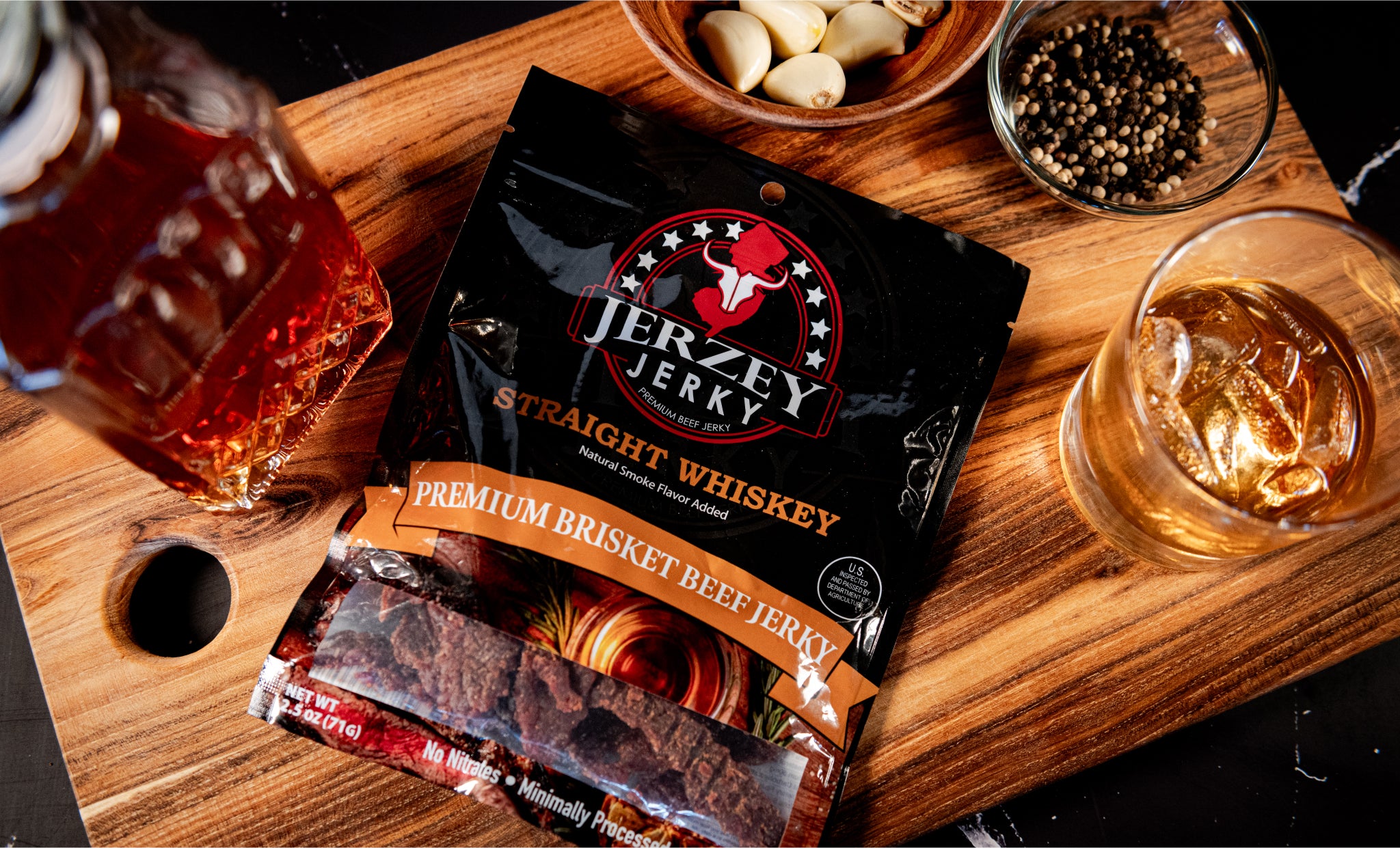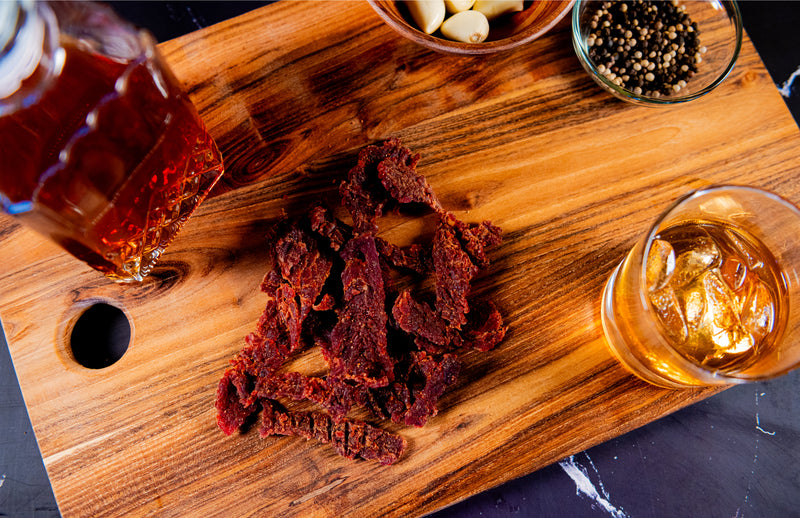
Round Beef: Nutritional Value, Features, and How to Identify
Round beef comes from the cow’s back leg. This area includes top round, bottom round, and eye of round. These muscles work more than other parts. That makes the meat lean, firm, and slightly tough.
USDA data shows 100 grams of cooked eye of round has 28.5 grams of protein and 4 grams of fat. This makes it rich in protein and low in fat. It suits low-fat, high-protein diets.
Round beef has less marbling than rib or loin cuts. The meat looks deep red with little visible fat. A 2020 study by Iowa State University showed round cuts have 17% less fat than loin cuts. This confirms its value as a lean meat source.
What is the Nutritional Value of Round Beef (Per 100g)?
Here are eight of the most important nutrients contained in 100 grams of round beef:
- Calories: Lean Ground beef gives 135-165 calories. Low-fat helps maintain low calorie content as compared to fatty beef parts.
- Protein: Beef Round produces 27 to 30g of protein. It generates body cells. It contains all nine amino acids your body requires
- Total Fat: It has 36g to 6g of total fat. The low-fat quantity aids in balancing power energy without the addition of new body fat.
- Saturated Fat: It contains 1.5 g saturated fat. This is lower than most of the high-fat and greasy cuts of red meat.
- Cholesterol: Cholesterol remains at 70-75mg. Make portion control work to help your heart and the flow of the blood.
- Iron: About 2.7mg is iron. Iron aids oxygen transportation in the blood and prevents fatigue and weakness in the body.
- Zinc: It contains about 4.2mg of zinc. Zinc helps the body develop, heal more rapidly and prevents infections.
- Vitamins: It contains niacin, vitamin B12 and vitamin B6. These aid your body in converting energy and your brain in remaining attentive.
Shop the best-selling Teriyaki Beef Jerky - Brisket & Korean BBQ Beef Jerky - Brisket !
What Are the Key Physical Features of Round Beef?
Here are three main physical features that help identify round beef:
- Texture: Round beef possesses a coarse grain with visible long muscle fibers. The toughness comes about due to a lot of use of the leg muscles and this leads to a rough texture.
- Marbling: It contains a low degree of intramuscular fat or a minimal amount of marbling. This low-fat content leaves round beef less juicy and more nutritious in relation to rib or loin cuts, which contain more fat and visible fat strips.
- Color: The meat appears very red and there is hardly any visible fat. This bright red indicates its newness and is due to very well-exercised muscles and low fat levels.
What Are the Major Cuts of Round Beef?
Here are the four main cuts of round beef and their key uses:
- Top Round: The round is lean and flavorful. It is useful on thin cuts such as London broil. It is firm and retains its shape during cooking, which makes it a favorite in roasting and grilling.
- Bottom Round: The bottom round is firmer than the top round. It lends itself to slow cooking such as roasting or stewing. This softens with age and is therefore suitable to use in dishes that require prolonged cooking.
- Eye of Round: The round eye is very lean and of the form of a cylinder. It roasts well and must be cut thin. It remains firm and low in fat after cooking.
- Sirloin Tip: The sirloin tip is more tender in comparison to other cuts of the round. It suits well to roast and use kabobs. It is less tender and simpler to chew and delight.
How is Round Beef Best Cooked?
Here are four cooking methods that suit round beef cuts for the best taste and texture:
- Roasting: Roasting is best for the top round or the eye of the round. Use low heat to keep the meat tender and avoid drying out the lean cut when cooking.
- Braising: The bottom round needs slow, moist cooking. This helps in softening big muscle fibers and makes the meat digestible. Braising with liquid is said to aid in flavor and tenderness.
- Sous Vide: Sous vide cooking round beef stays juicy & tender. It applies a moist-heat low temperature for a long period, retaining the juices in these Lean Meats, less fatty.
- Slicing Thinly: Thin slicing is good for sandwiches or stir-fries. Cook meat by roasting or grilling, and then slice it thinly so that it's easy to chew and yields more flavor.
How to Identify Authentic Round Beef?
Here are six clear signs to recognize genuine round beef when buying:
- Label Clarity: Look at packaging labels that affirmatively state Round or sub-primal names such as Top Round, Bottom Round, Eye of Round, and Sirloin Tip. These labels declare the origin and legitimacy of the cut.
- Texture & Color: The meat is deep red in color with a grainy texture. Muscle fibers are visible, and fat marbling is very low, which indicates the lean aspect of round beef in comparison with other cuts.
- Butcher Verification: Check with the butcher whether the part was the hindquarter of a cow or its back leg. Certifying that the meat is of the Round primal guarantees the purchaser of authentic round beef.
- Content Check: Beef appears with very low levels of visible fat on its surface. This appears less fatty than rib or chuck cut, which have an increased amount of fat and marbling.
- Shape & Size: Round cuts are oval or cylindrical. They are uniform in thickness, which is readily identified, and the eye of the round is especially long and tubular.
- Price Indicator: Round beef is typically cheaper than ribeye or strip steak. This lower price usually denotes a leaner, authentic cut out of the round part, adapted to the economy.
Why Choose Round Beef?
Round beef is suitable for people who require lean meat. It is low-fat and contains high protein that maintains heart health and helps control weight. This is a cheap cut compared to other parts of beef, making it worth the price. It serves healthy food at a price affordable to many households. Round beef is adaptable in different dishes. It goes well with sluggish stew, grilled meat like kabobs or roasted food without losing its flavor. It also has a firm texture that maintains its shape during the cooking process, making it versatile in the kitchen. The round beef is an overall nutritious, affordable, and versatile cut.
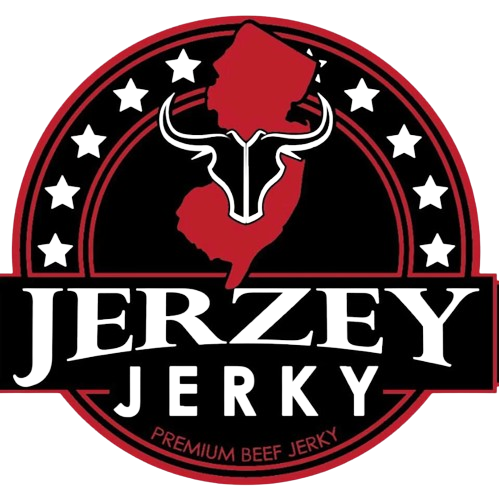
 2025-08-25
2025-08-25
 Wayne Holland
Wayne Holland

